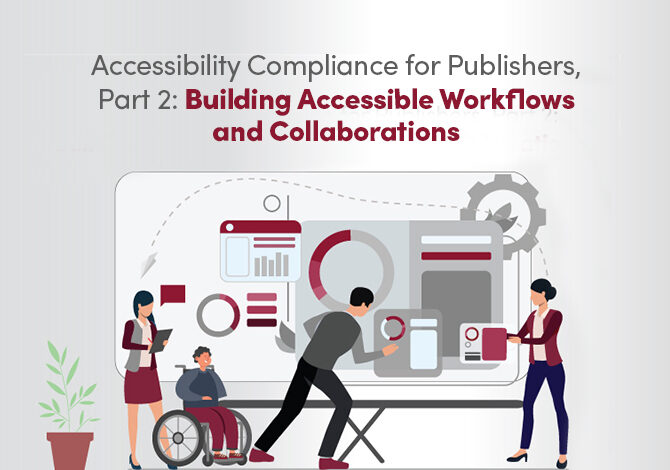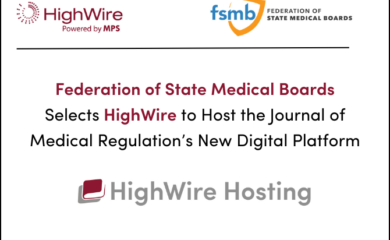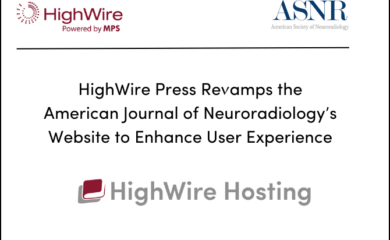This is a three-part series that explores how scholarly and educational publishers can prepare for accessibility compliance under the European Accessibility Act (EAA) and ADA Title II. Drawing from expert insights shared during the HighWire webinar, each part offers practical guidance—from understanding regulations, to building accessible workflows, to positioning accessibility as a strategic advantage.
Together, these articles provide a roadmap for creating inclusive, future-ready publishing practices.
How can publishers operationalize accessibility across their editorial processes, production workflows, and vendor relationships? The answer lies not in isolated efforts but in coordinated, sustainable practices that embed accessibility into the heart of publishing, from author submission to platform delivery.
Let’s explore how publishers can operationalize accessibility across their editorial workflows, production practices, and supplier collaborations to create lasting, scalable impact.
Why Workflows Matter More Than One-Time Fixes
Accessibility is not a retrofitting exercise. It is a practice that needs to be built into every stage of content creation, from manuscript submission to final digital product.
When workflows support accessibility by default, publishers avoid costly remediation later, and more importantly, they ensure that all users have equitable access to content.
The reality, as shared by experts during the HighWire webinar, is that everyone has a role to play: authors, editors, designers, developers, production vendors, and platform providers.
Key Roles in Building Accessible Content
Here’s how responsibilities can be thoughtfully distributed across the publishing process:
Authors: The First Line of Accessibility
- Provide draft image descriptions when submitting figures and illustrations.
- Avoid using vague link text like “click here”; instead, use descriptive language.
- Flag non-textual elements (videos, infographics) early, allowing time for accessible alternatives to be created.
While not every author will have expertise in accessibility, providing clear guidelines and templates can significantly raise the baseline.
Editors and Copyeditors: Accessibility Advocates During Review
- Review and refine image descriptions for clarity and relevance.
- Identify foreign language passages and ensure they are appropriately tagged.
- Ensure content hierarchy is logical, using proper heading structures (H1, H2, etc.).
- Check for accessible language — avoiding directional phrases like “see above” that assume visual orientation.
Editors are uniquely positioned because they read the entire manuscript, making them vital accessibility gatekeepers.
Production Teams and Vendors: Building Accessible Files
- Use semantic HTML or proper EPUB 3.3 specifications to structure content.
- Embed correct metadata describing the accessibility features of publications.
- Ensure all images have meaningful alt text or extended descriptions where needed.
- Avoid non-semantic markup (e.g., relying solely on paragraph tags styled as headings).
Testing outputs with tools like ACE by DAISY and Thorium Reader can help catch errors before publication.
Platform Providers: Delivering Accessible User Experiences
- Ensure that websites, platforms, and e-commerce systems meet WCAG 2.1 AA
- Provide compatibility with assistive technologies like screen readers and keyboard navigation.
- Support accessibility metadata display, helping users discover accessible products easily.
Even fully accessible content loses its value if the platform delivering it is not equally inclusive.
Common Pitfalls — and How to Avoid Them
Through their extensive consulting and operational experience, webinar speakers highlighted frequent accessibility mistakes:
- Boilerplate metadata: Automatically inserting the same accessibility claims across all content, regardless of actual features.
- Meaningless alt text: Labels like “image” or “figure” provide no real assistance to users.
- Non-semantic HTML: Styling alone cannot replace properly tagged headings, lists, and tables.
- Incomplete vendor compliance: Assuming vendors understand and deliver on accessibility without verification.
The solution lies in detailed vendor specifications, thorough audits, and regular training across internal teams.
Managing the Frontlist and Backlist Challenge
One major practical concern for publishers is how to balance accessibility efforts between frontlist (newly published content) and backlist (existing catalogs).
Frontlist focus:
New publications must be fully accessible by the EAA and ADA deadlines. Building accessibility into current workflows is essential to prevent future liabilities.
Backlist strategy:
Publishers are prioritizing backlist remediation based on demand, revenue significance, and public visibility.
Several publishers, including Taylor & Francis, have set internal targets (such as achieving full backlist accessibility by 2030) and are using a combination of AI tools and human review to scale their efforts.
A strategic, phased approach ensures resources are directed where they will have the greatest impact.
The Importance of Documentation and Ownership
Sustainable accessibility requires clear documentation and distributed responsibility:
- Internal guidelines for alt text, metadata, and markup standards.
- Accessibility roadmaps aligned with product and publishing schedules.
- Vendor contracts that include accessibility deliverables and quality audits.
- Regular training and updates to reflect evolving standards and technologies.
Accessibility champions may initiate the effort, but lasting success depends on broad organizational commitment.
From Ad Hoc to Systematic: Building for the Long Term
Embedding accessibility into publishing workflows is not only about meeting compliance deadlines; it is also about ensuring a more inclusive and accessible experience for all users.
By making accessibility an integral part of the content creation process—authoring, editing, producing, and distributing content— publishers are setting themselves up for resilience in a rapidly evolving digital environment and ensuring that knowledge remains accessible and available to all.
– By Tony Alves



